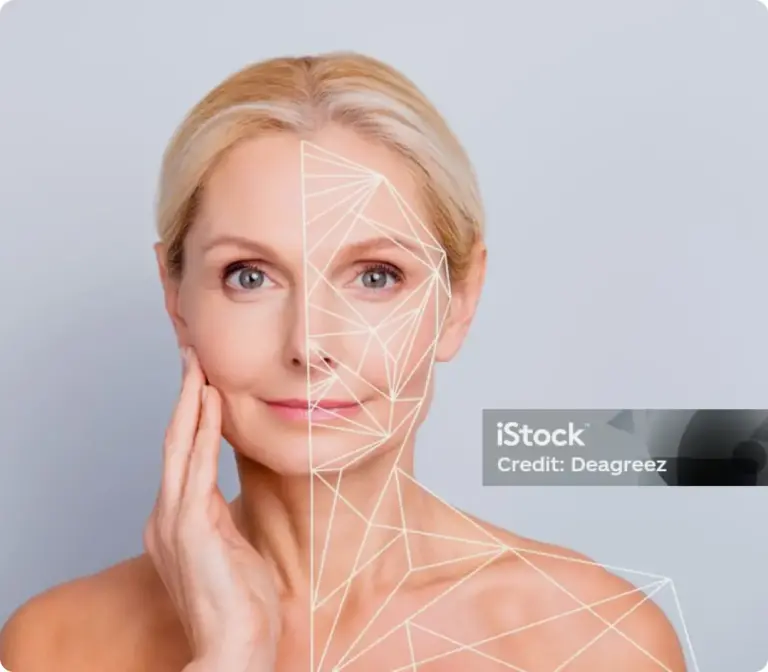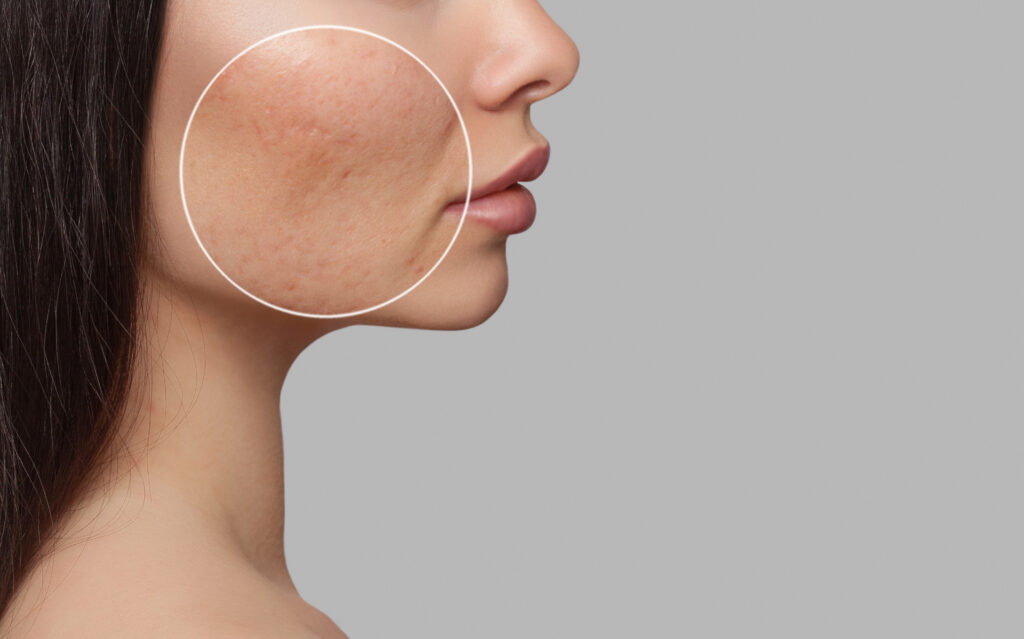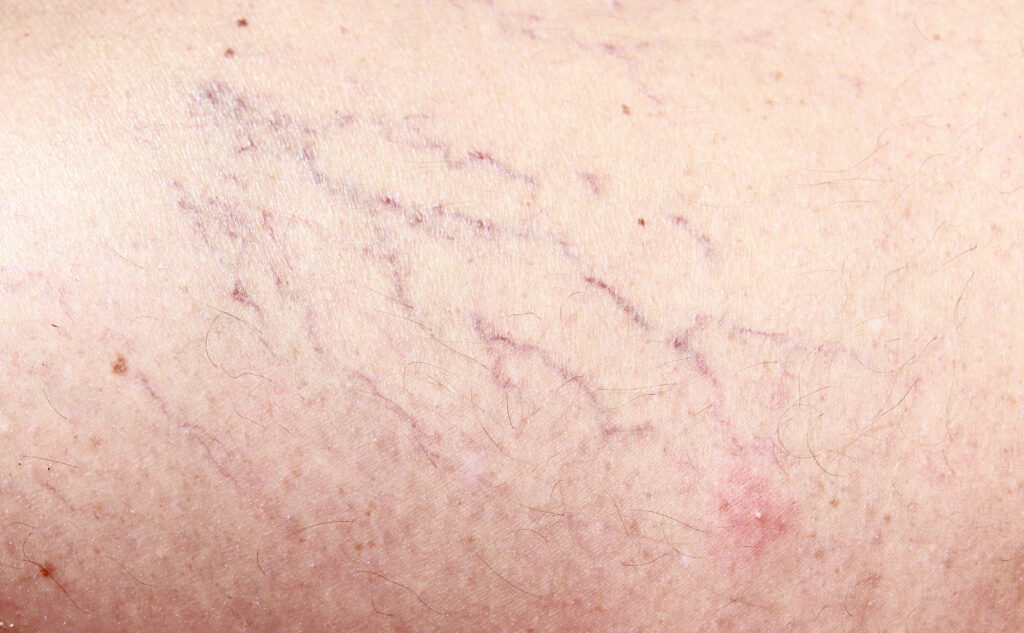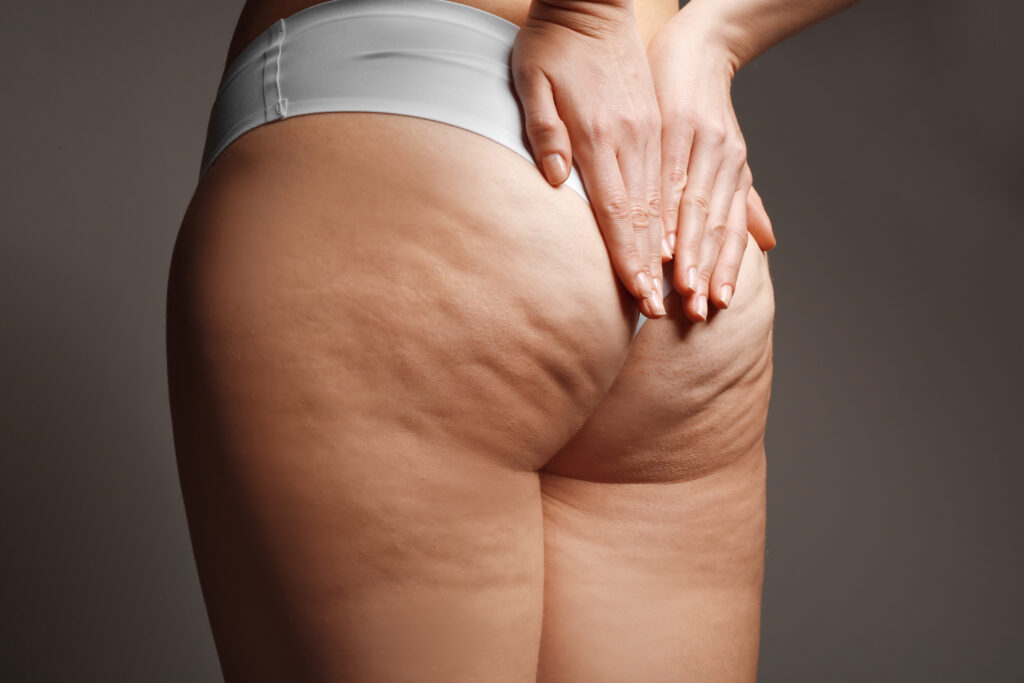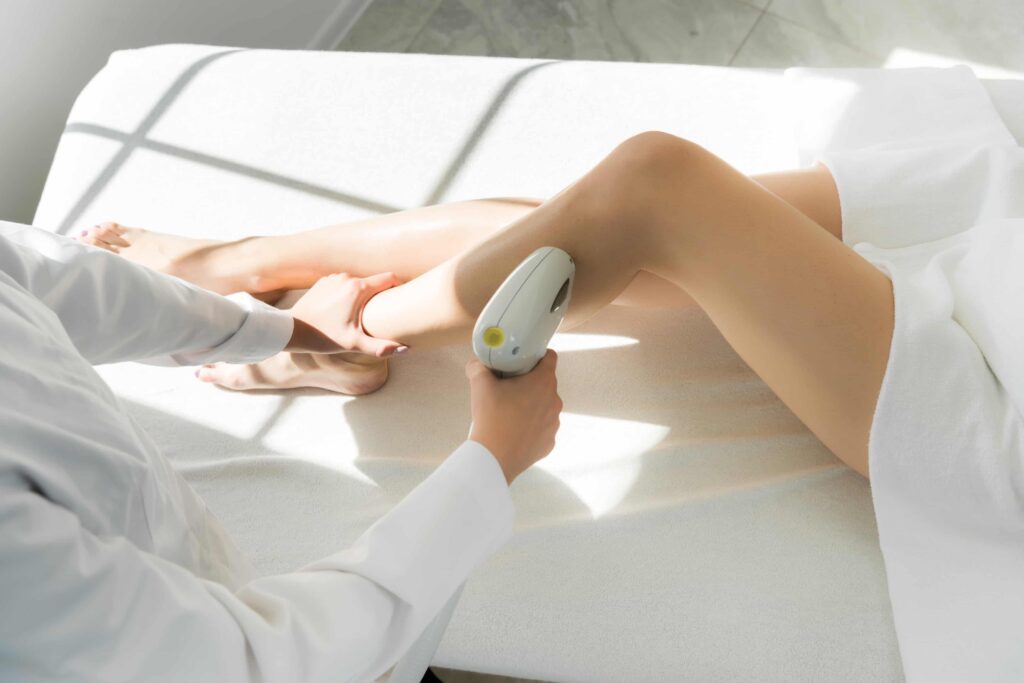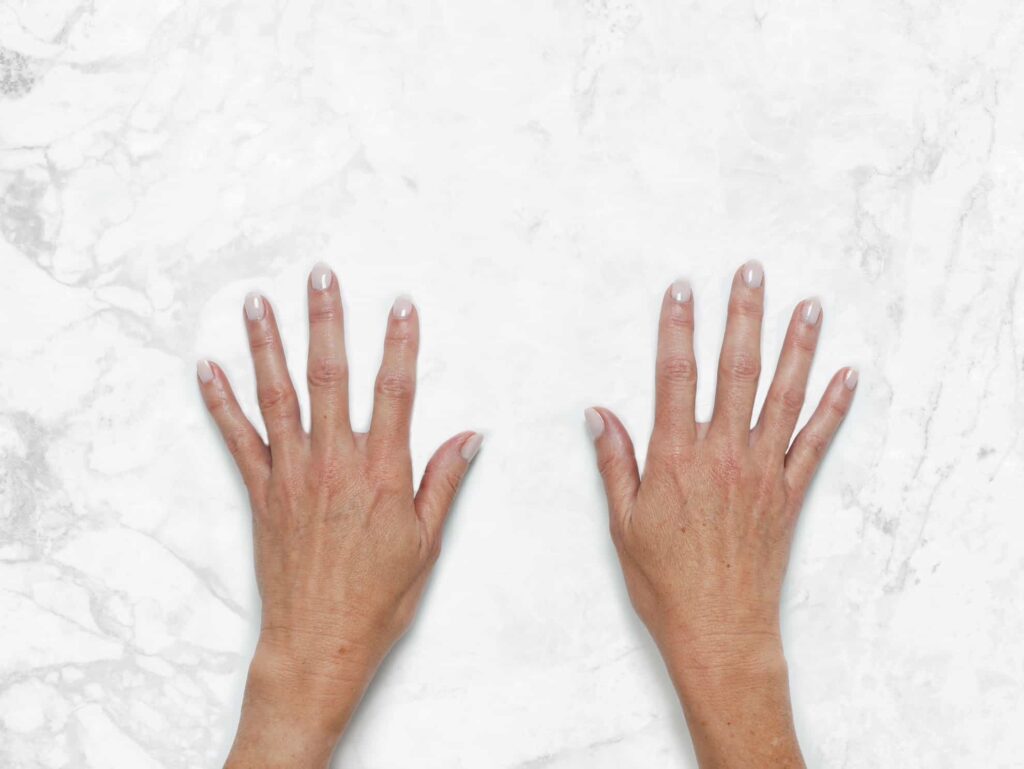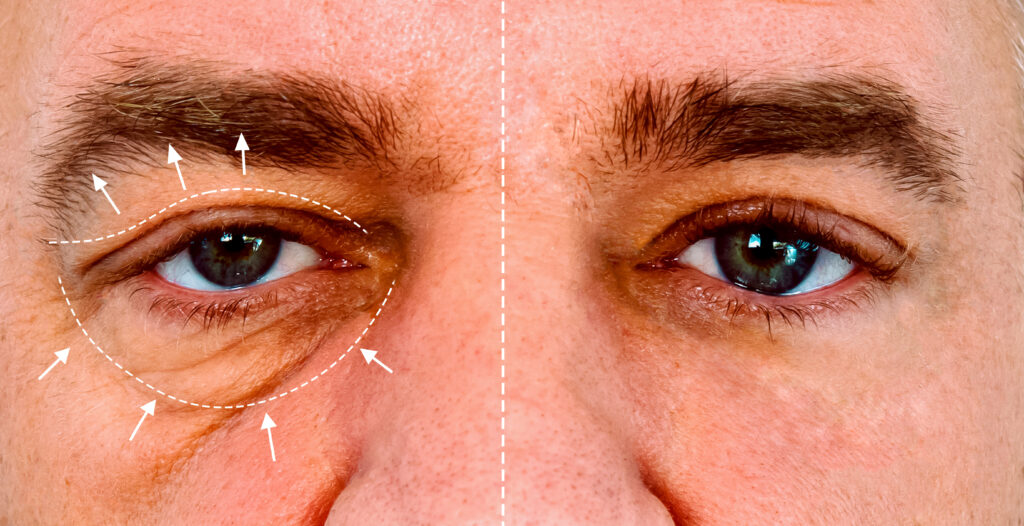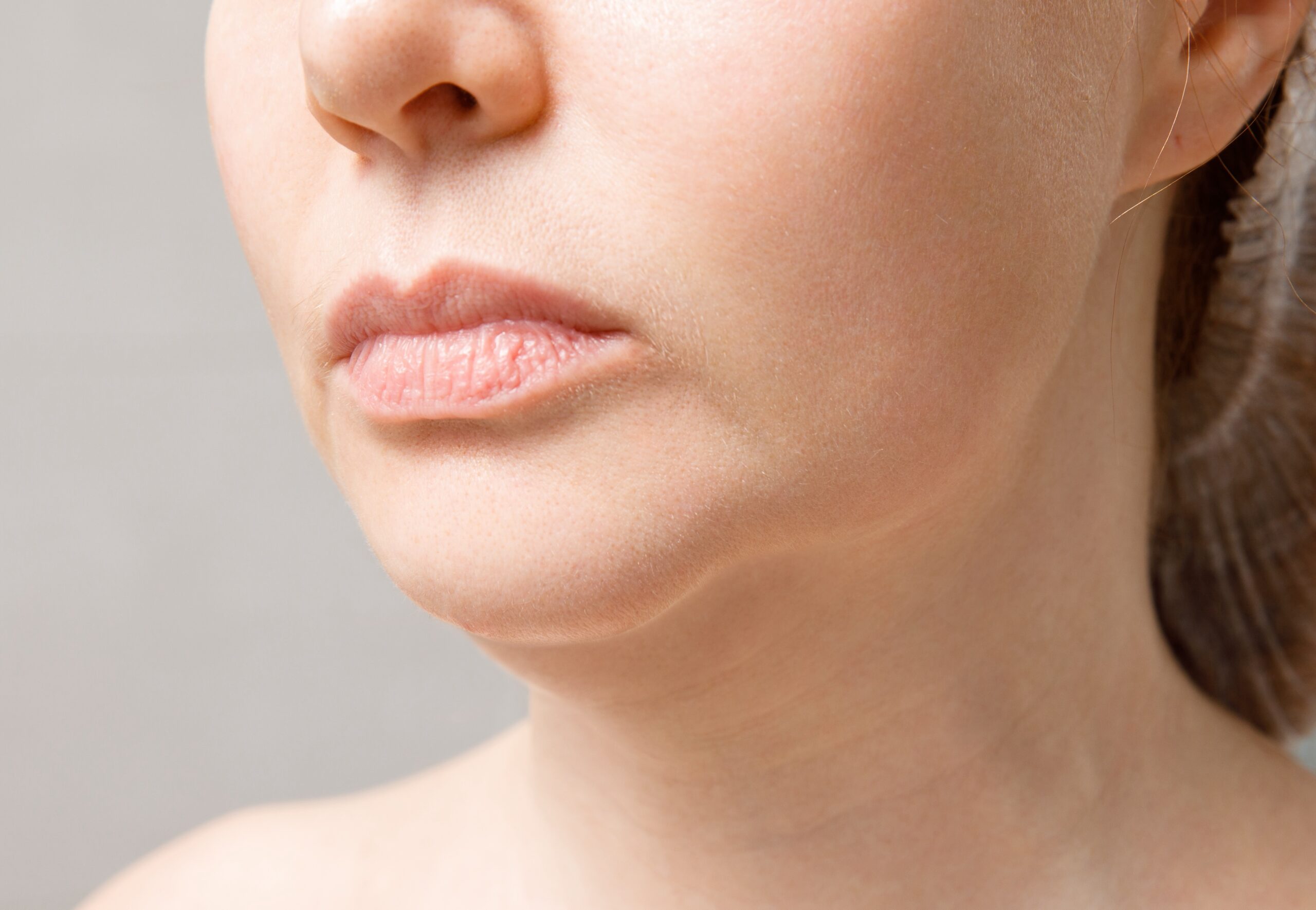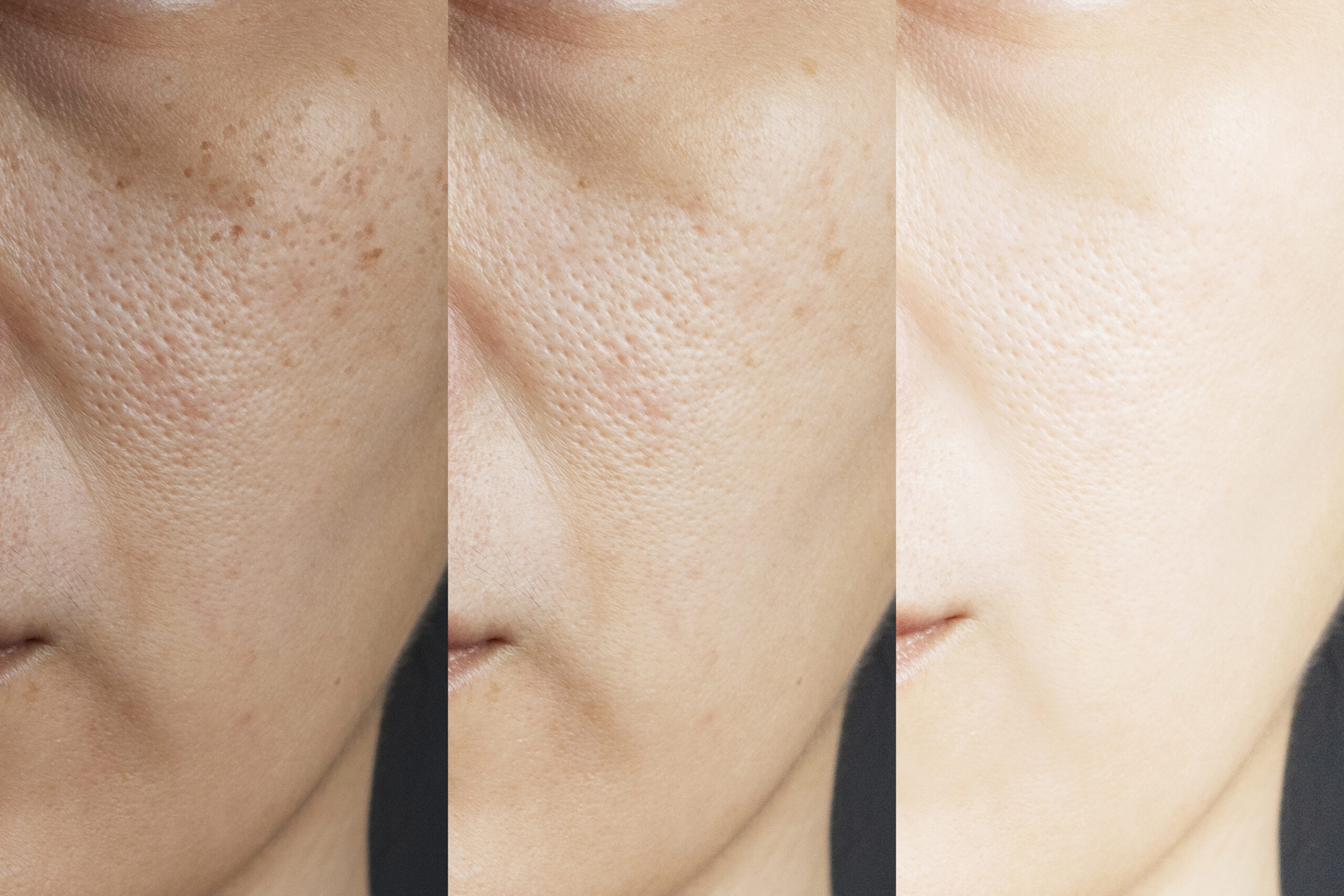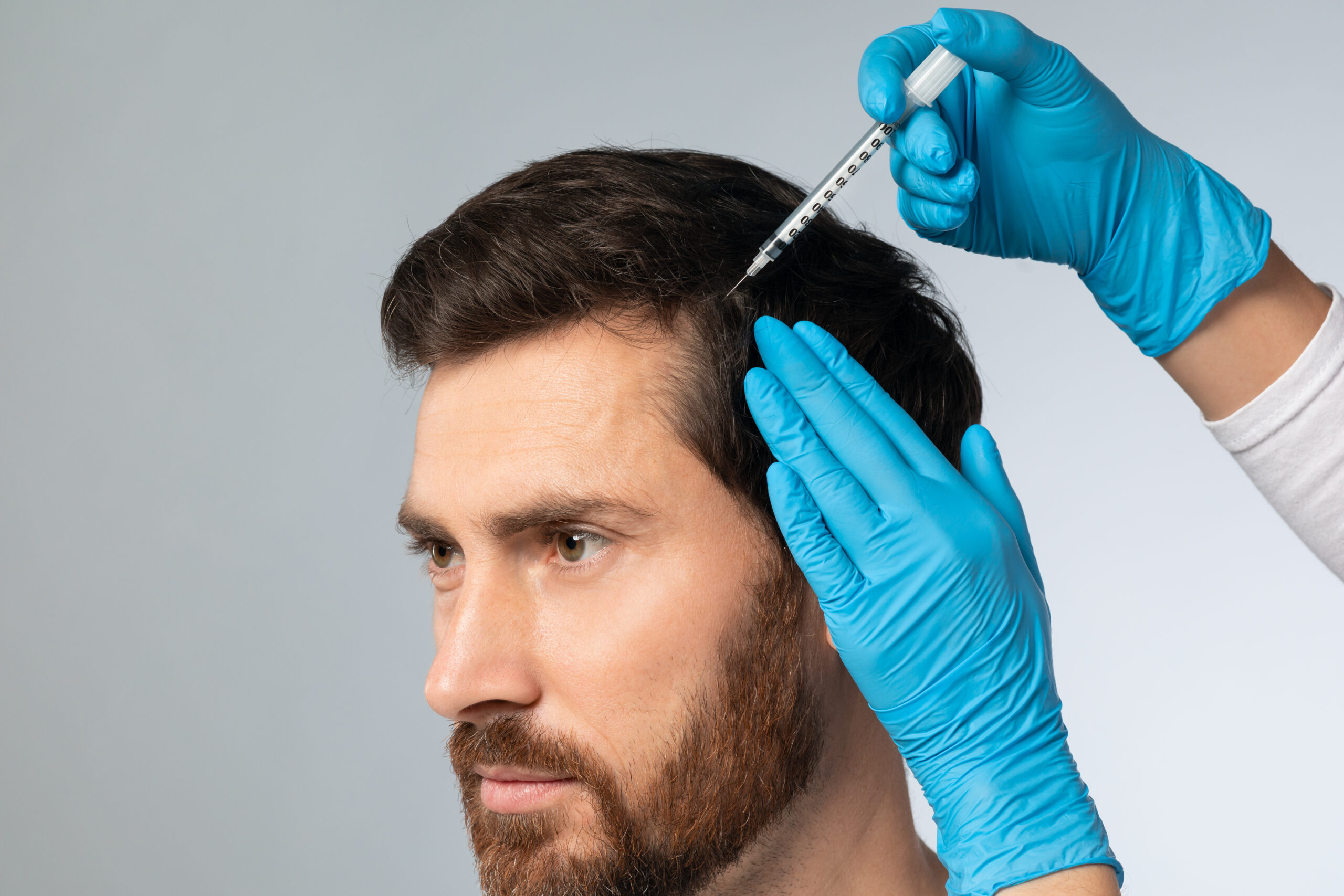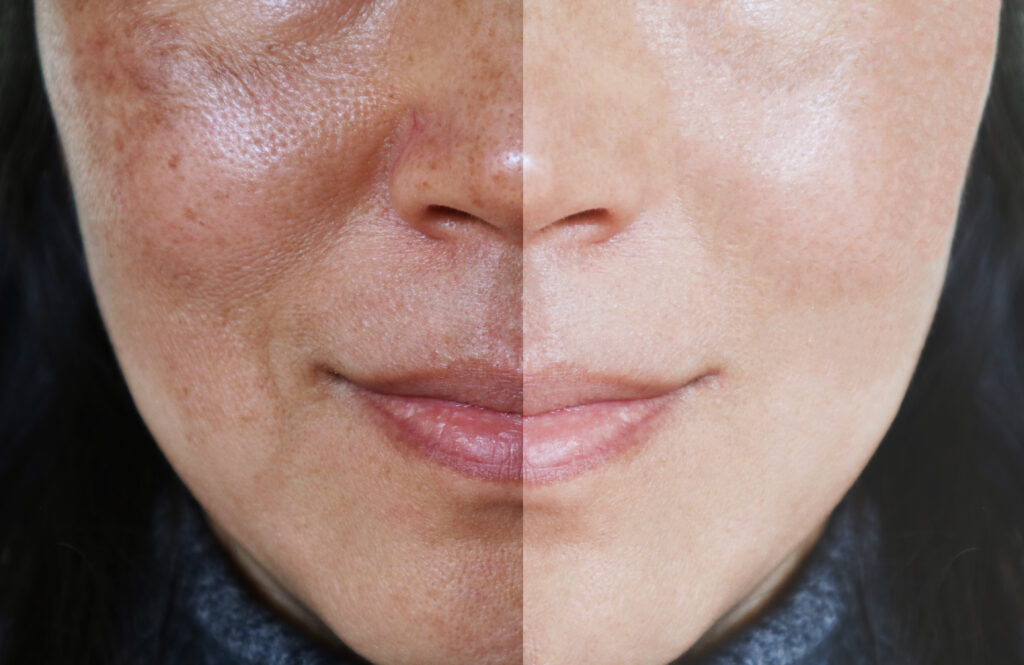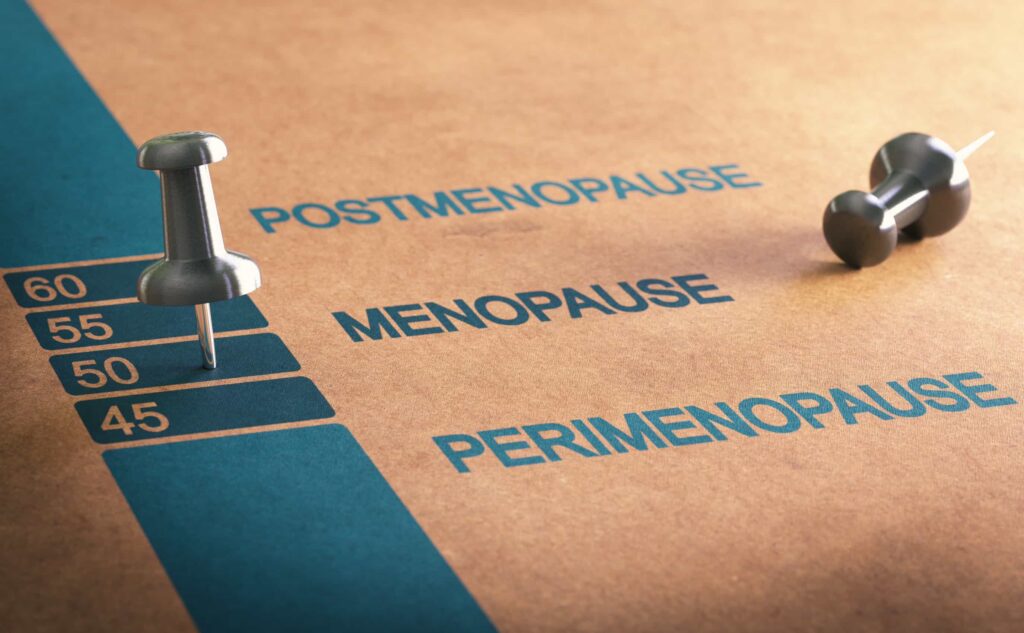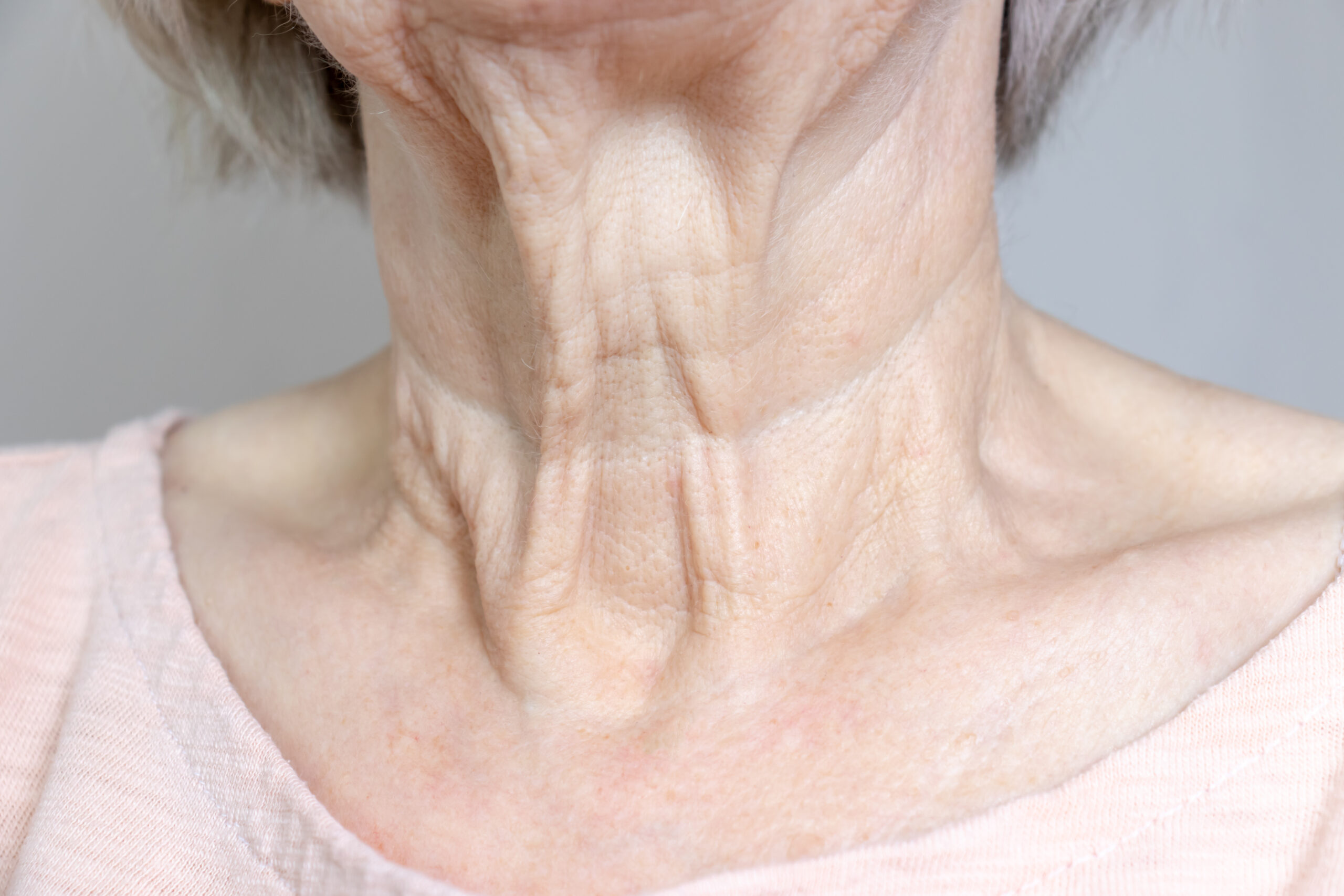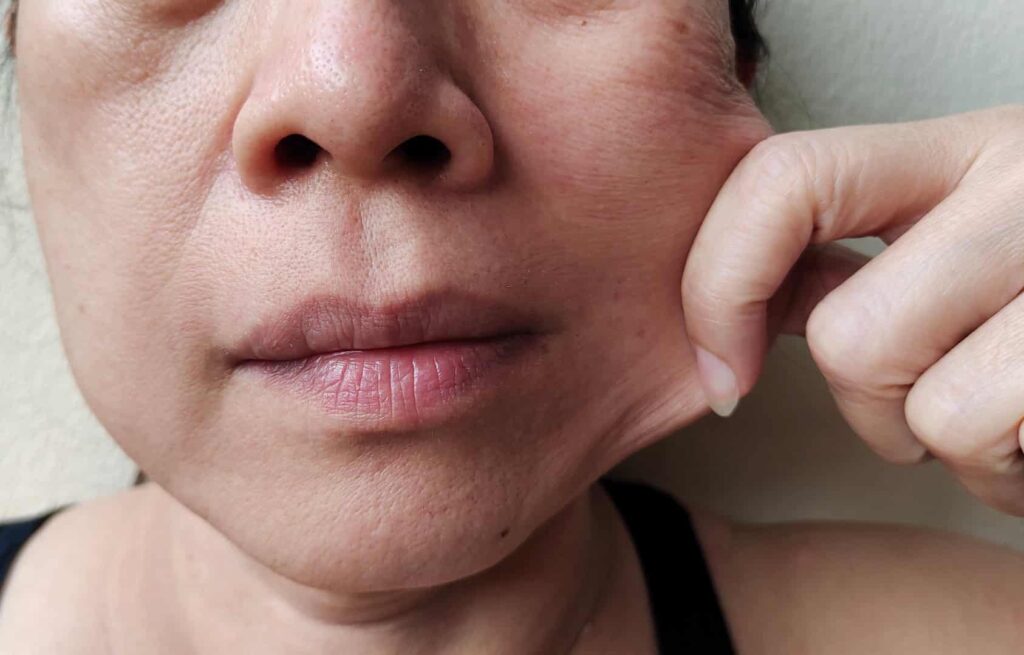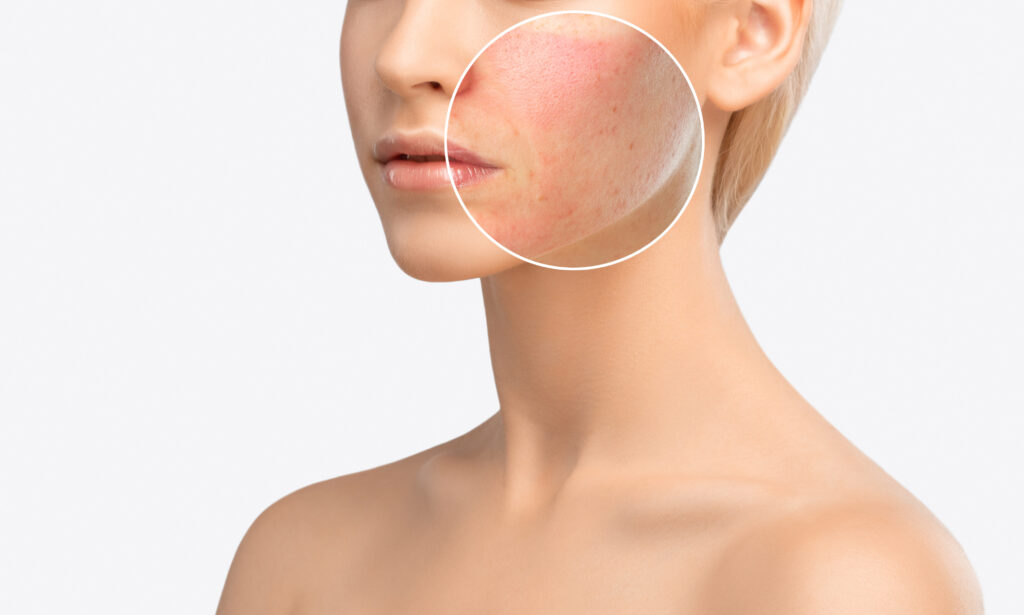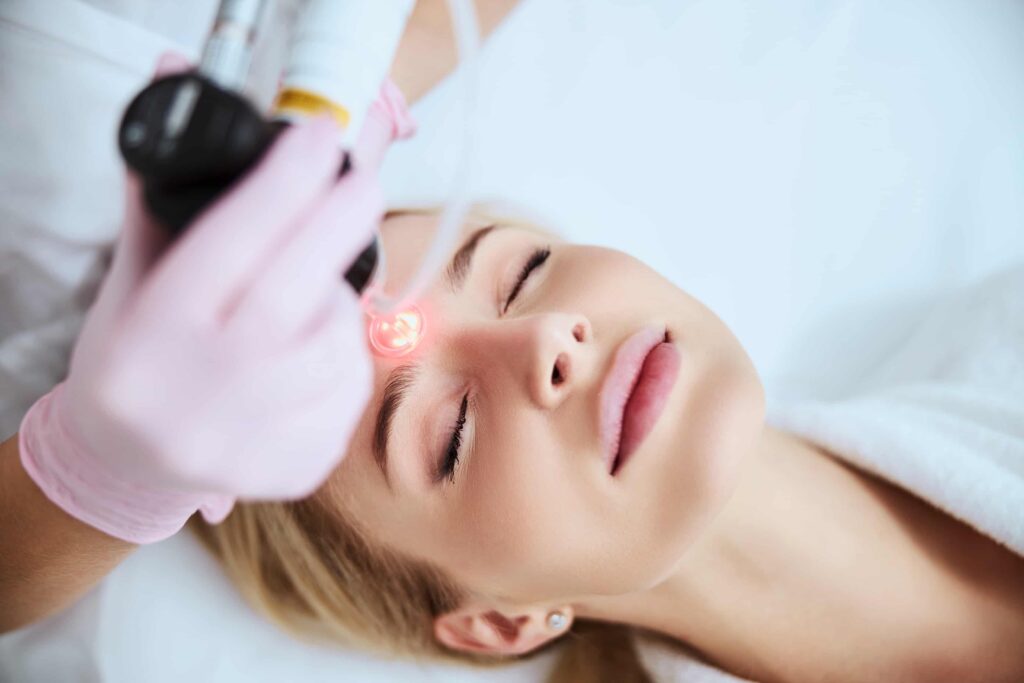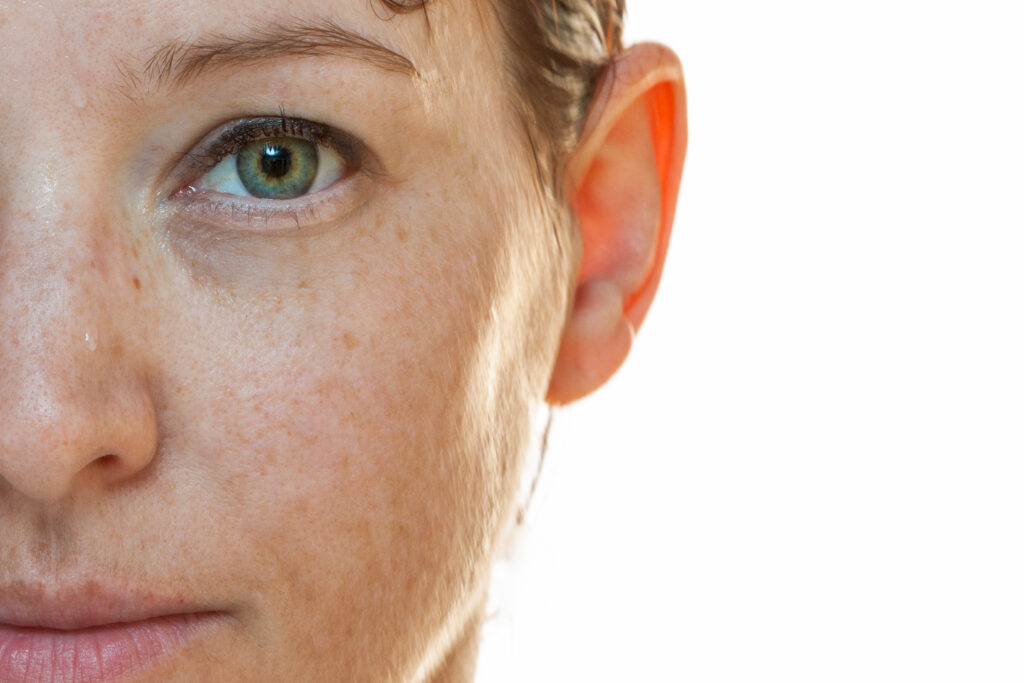ICON IPL offers customizable treatment options for sun damage, freckles, age spots, rosacea, and vascular conditions.
All rights and credit go directly to its rightful owner. No copyright infringement intended, AHQ does not own this video.
The IPL (intense pulsed light) photofacial is a highly versatile skin rejuvenation treatment that offers a range of benefits.
Initially approved by the FDA in 1995, the IPL device was primarily developed to address dilated blood vessels known as telangiectasia, commonly referred to as spider veins. However, it has since proven effective in the treatment of various vascular lesions and pigmented lesions as well.
Though not its primary indication, an IPL photofacial treatment can also stimulate collagen production, improving the appearance of fine lines and wrinkles associated with aging.
While it is worth noting that IPL treatment can reduce unwanted hair, laser hair removal remains a more effective option.
The mechanism of an IPL device involves delivering an arc of light energy that can penetrate all layers of the skin without harming the surface or epidermis. Consequently, patients can expect minimal to no downtime following the procedure.
While laser treatments use a single intensified wavelength, IPL employs a broad-spectrum visible light with multiple wavelengths, covering larger areas. IPL addresses various concerns simultaneously, while lasers focus on specific concerns with greater intensity. IPL’s scattered light allows treatment without harming the outer layer, facilitating quicker healing.
The provider will thoroughly clean the skin and apply an ultrasound gel to commence the procedure. This gel serves various purposes, including safeguarding the skin, facilitating smooth movement of the laser over the skin, and minimizing reflection of the IPL waves for enhanced treatment efficacy.
The IPL device is operated by the healthcare provider, who holds and moves the handpiece against your skin, emitting light pulses upon pressing a button. Patients often liken the sensation to the snapping of rubber bands.
The duration of the treatment typically ranges from 20 to 30 minutes. After the gel is removed, the provider will provide post-care instructions, including explicit instructions to avoid the sun and use strict sunscreen.
Most patients experience minimal downtime expected, and the skin over about a week. Initial redness and swelling may occur but typically subside within hours or days. Regular activities can be resumed, with ice packs to alleviate discomfort. Vigorous exercise may impede healing. Pigmented spots may rise and shed within a week, resembling coffee grounds. Skin may be sensitive for a few days post-treatment, requiring gentle skincare.
Gradual approach involves up to six treatment sessions for optimal outcomes. Improvement in redness may be seen within two weeks, with significant results after three to four sessions. IPL offers enhanced skin appearance but doesn’t provide permanent solutions. Follow-up sessions every 4-6 weeks are typically needed. Consultation with experienced professionals ensures the most successful outcomes.
Administered correctly, IPL is safe, but incorrect settings can lead to complications like bruises, blisters, or changes in pigmentation. Patients with melasma should avoid IPL due to risks. Tanning before treatment should be avoided. IPL yields better results on lighter skin tones, with higher pigmentation levels at risk of burns or pigmentation changes.
$100-$900 per session. The lower range is spot treatment, with the average face treatment costing $300-500 per session. Based on skin conditions, three to five sessions are often recommended.

Pulsed light device with Intelligent Control (IC) and Skin Positioning System™ (SPS™) technology. search providers https://youtu.be/ixMKFz8hQXY?feature=shared All rights and credit…
